
That seemingly innocent tap drip
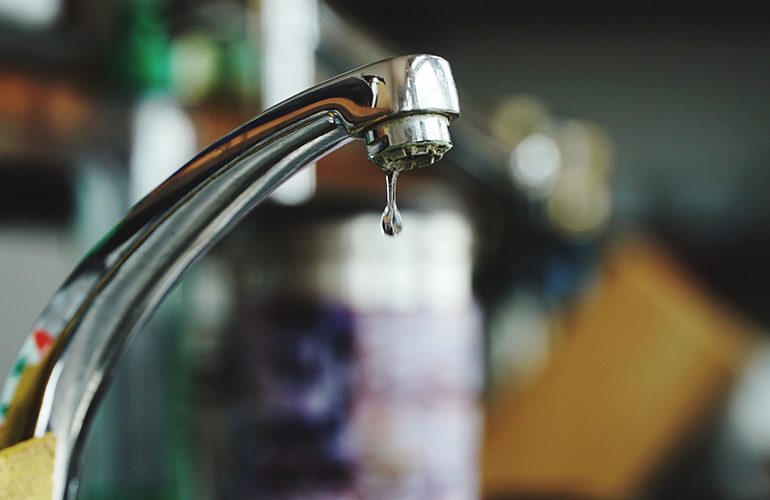
A leaky tap is annoying enough on its own for the drip-drip-drip sound it makes, but that pesky leak is also costing you money, not to mention all that good water going down the drain. A little drip may not seem like much, but a drip calculator puts it into perspective: 30 drips per minute means a waste of 16 litres of water per day, 490 litres per month, and over 5966 litres per year. “Take a look at basic household leaks, from hose heads to kitchen taps. While these leaks might be tolerable initially, they can cause major damage to the structure of a home over time, resulting in thousands of dollars in repair costs,” says real estate expert Allen Shayanfekr. Check for leaks you can’t see, like in the attic or under the house, and fix them as soon as possible to prevent more extensive (and costly) damage down the road.
Don’t miss the things plumbers won’t tell you—but you really should know.
Those long, steamy showers
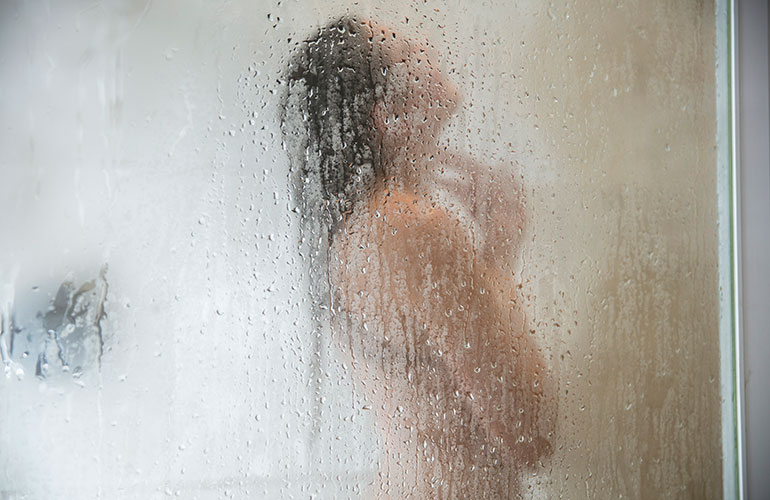
We love our hot shower and baths, but that monster water heater takes a lot of energy to keep things toasty. If you have an older water heater, John Hale, owner of Mr. Electric, recommends wrapping the water heater in an insulated blanket to save around $20 on gas and $50 on electric heating annually. If budget allows, replace the old water heater with an energy efficient model and save up to 50 percent more per year. Additional unnecessary costs come from the temperature setting being too high. According to Energy.gov, the idea temperature is 48 degrees Celsius. If the temperature on the water heater is set at 60 degrees or more, you risk not only scalding yourself, but also wasting $36 to $61 a year in standby heat losses and more than $400 annually in demand losses.
Here are more brilliant ways to save money around the house.
Leaving all the lights on
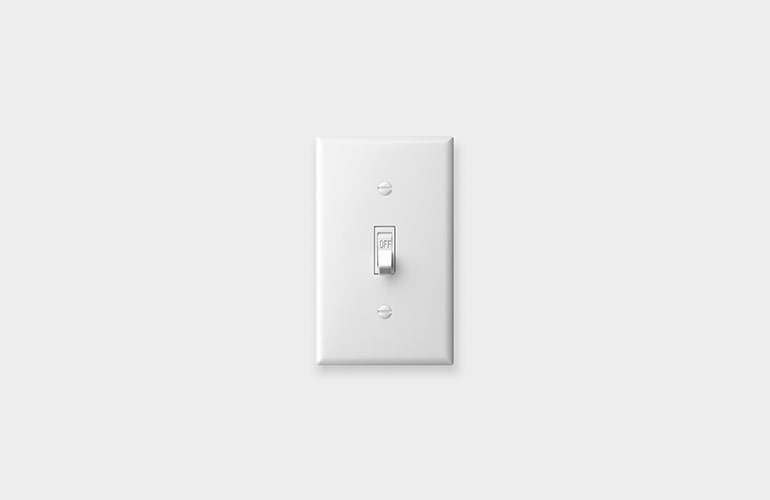
Turning off the lights in rooms you’re not using is one way to save cash, but there’s a more substantial way to stop lighting your money on fire: “A common fix is replacing incandescent lights with LEDs,” says Shayanfekr. According to Energy.gov, if you replace your home’s five most frequently used light fixtures with LED bulbs, you could save $75 a year. Switching to LED bulbs is a small investment but it pays off—they generally last 3 to 25 times longer than an incandescent bulb. Pro tip: Buy LED bulbs in bulk save even more.
Here are 12 other things smart homeowners do every month.
Backed up dryer hose
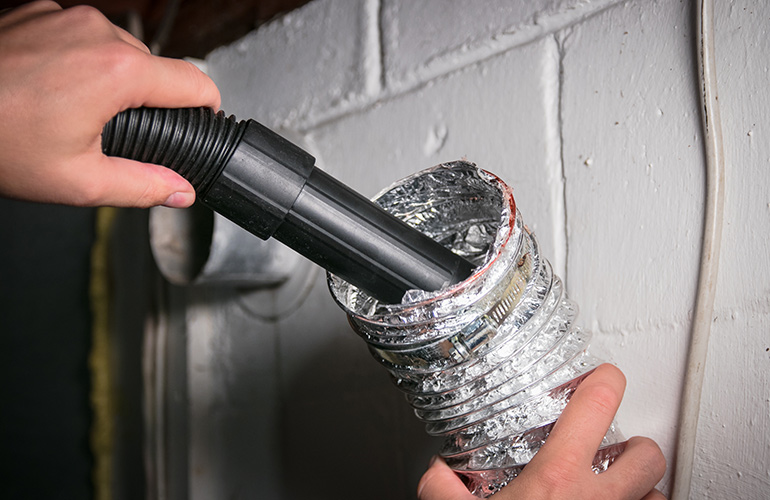
Spring cleaning isn’t the only time you should check your dryer vent hose. Danny Lipford, a home improvement expert, recommends inspecting and cleaning the hose on a regular basis. “Neglecting this task makes your dryer work overtime, adding 30 percent to your energy bill. You can purchase a $10 dryer vent brush at any home centre, remove the built-up lint and start enjoying the savings immediately,” Lipford says.
Cracks and crevices
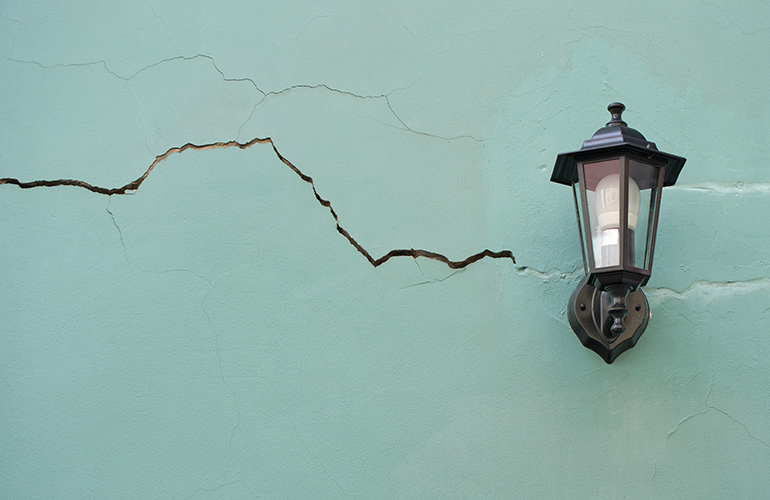
Running heating in the winter and the A/C in summer certainly makes our homes more comfortable, but random cracks and crevices you walk by every day are letting that heat and cool air escape. “If you add up all of the cracks and crevices in a home where conditioned/heated air can escape, you’d have the equivalent of [almost a metre square] hole in the wall,” says Lipford. If you want to pocket around 10 to 15 percent of your energy bill, start by sealing those escape routes. Caulk around door and window frames, and use weather stripping and door draft seals. Inspect the exterior of the home and seal around any protrusions like hose bibs and vents, Lipford suggests.
Lack of insulation
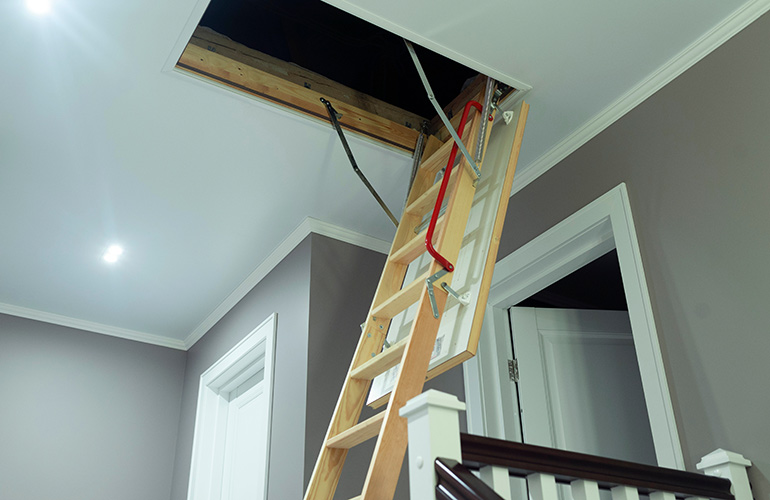
Forty percent of a home’s heat loss takes place through the attic, according to Lipford. “Heat rises, and naturally wants to escape through the attic.” He suggests adding an attic stair cover or additional insulation to prevent loss of heat during the winter months. “Adding attic insulation has proven to be the very best return on investment for the home improvement dollar. Taking these steps can save homeowners 15 to 20 percent on their winter energy bill,” Lipford adds.
Dirty, clogged A/C
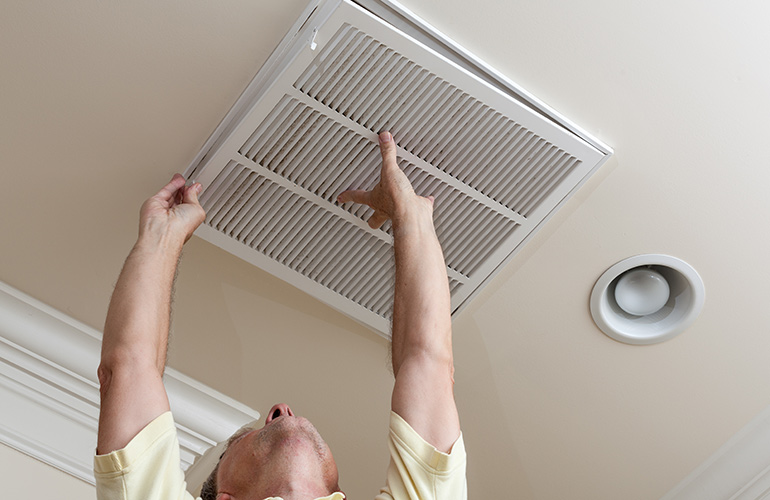
If it ain’t broke, don’t fix it, right? That phrase doesn’t apply here. Central air conditioning is a major monthly cost. We’re happy to hear it humming along and think nothing of it until something goes wrong. “One of the main things homeowners don’t realise is that a dirty air filter, low refrigerant levels, and dirty or clogged A/C units can cost more to operate,” says air-conditioning expert John Collins. “The A/C system can run up to 30 percent longer in a 24-hour period. The increased electrical use can cost an extra $50 or more per month,” says Collins. “The homeowner should schedule A/C maintenance at least every other year for the first 10 years and then annually after that,” says Collins.
Old, leaky windows
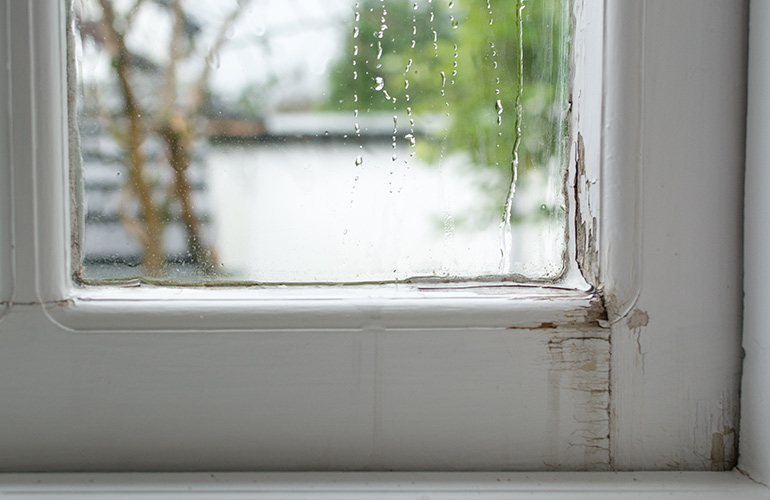
Saving money on household bills sometimes means doing away with the old and bringing in the new. “Older or inefficient windows can have a major effect on your energy bill,” says Nathan Outlaw, CEO of a general contracting and engineering company. Older or inefficient windows lose a lot of heat through leaks in the winter. In summer, a standard double-pane window will allow up to 75 percent of the sun’s heat into your home. Replacing a house full of windows isn’t cheap. but according to Energy Star, a typical home could save $126 to $465 a year when replacing single-pane windows and $27 to $111 a year over double-pane, clear glass replacement windows. If you’re in the market for new windows, take note of the R-value and U-factor of the window. “The R-value is resistance to heat flow through the window and U-value is used to measure the effectiveness of a material as an insulator,” notes Outlaw. “When shopping for windows you want to get windows with a lower U-value as they will have a higher resistance to heat flow,” he adds.
Termites
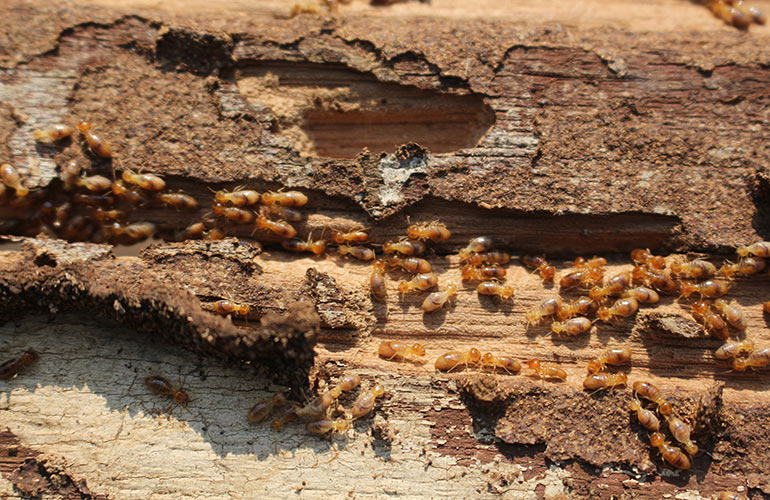
Termites, those “silent destroyers,” can quietly eat through the wood of a home 24 hours a day, seven days a week. “The damage to critical support beams inside and often out of sight can compromise the structural stability and safety of a home,” says pest management expert Cindy Mannes). Outside, termites can damage trees and beams for flower beds and trellises, resulting in costly repairs or replacement. “After a particularly mild, warmer winter, termite swarming is an even bigger issue for homeowners,” says Mannes. “The NPMA is advising homeowners to remain vigilant, and routinely inspect the foundation of their home for signs of termites, including mud tubes, cracked or bubbling paint, and soft wood that sounds hollow when tapped.”
Find out how to prevent pest infestations.
Not using ceiling fans
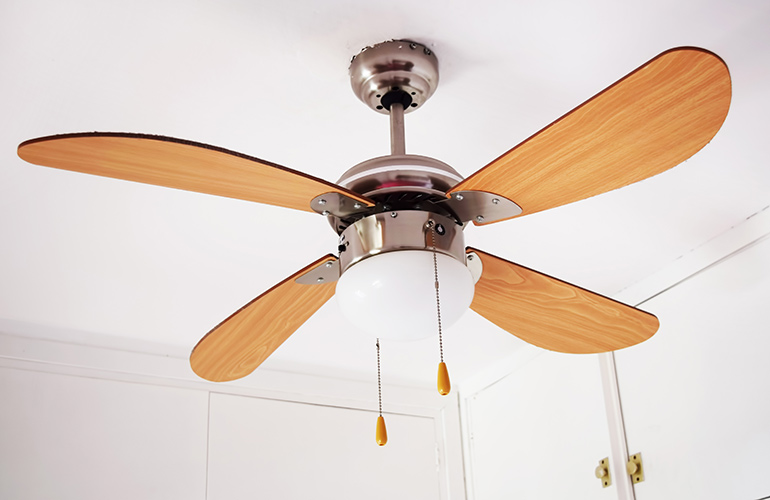
Ceiling fans could cut costs by as much as 40 percent in the summer and 15 percent in the winter. In the summer, the fan blades should spin clockwise to not trap heat. While you may not think of using a ceiling fan in the winter, it’s a clever way to keep the heat in your room. Bonus: It uses only about 75 watts of energy when helping take a load off your heating. For the winter, switch the blades so they’re spinning anti-clockwise to trap the heat inside of the room. You may want to pick up a timer, so you don’t accidentally leave the fan on when you’re not in the room.
Learn how to service a ceiling fan.
Not doing simple touch-ups
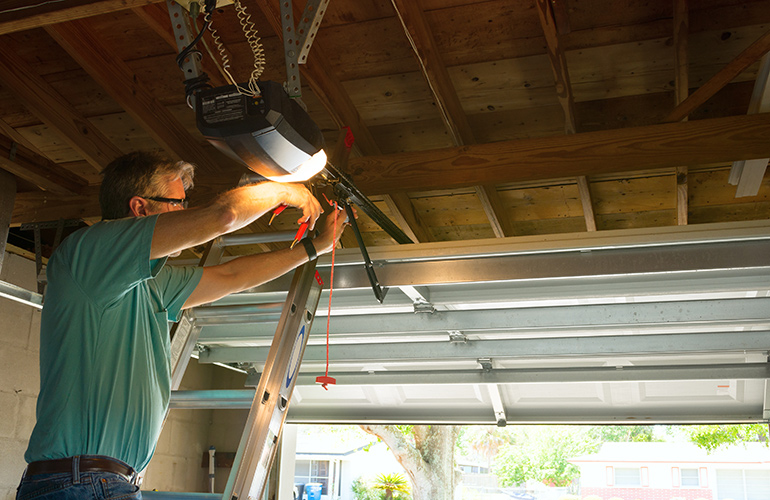
Unexpected and expensive repair costs often come from neglect. “Key materials in your house end up breaking before they should because of neglecting simple preventative maintenance tasks,” says John Bodrozic, Co-Founder of HomeZada, a digital home management platform. For example, Bodrozic says a garage door can be easily maintained by lubricating the guides once or twice a year. A fridge on the fritz can be the result of not vacuuming the dust that is on the cooling coils, and cracked tiles and mould in the bathroom could have been prevented if worn-out caulking had been removed and replaced.
Here are 22 cheap ways to make stuff last longer.
Home maintenance regimen

Thankfully, there are plenty of home maintenance projects you can do yourself. At the very least, you can keep your eyes on things to prevent costly repairs down the road. “There are online services that can send you reminders of when to get certain appliances or areas of the home checked/replaced, to ensure that they’re taken care of in a timely fashion,” says Patrick Knight, a certified home inspector. Knight also encourages homeowners to take classes at their local home improvement store to learn more about simple repairs and how to update things like a bathroom tap. Finally, dust off your home inspection report if you still have it. “It will show you what needs attention, as well as how to maintain your home on a regular basis,” Knight adds.
Sign up here to get Handyman’s favourite stories straight to your inbox!
Source: RD.com

